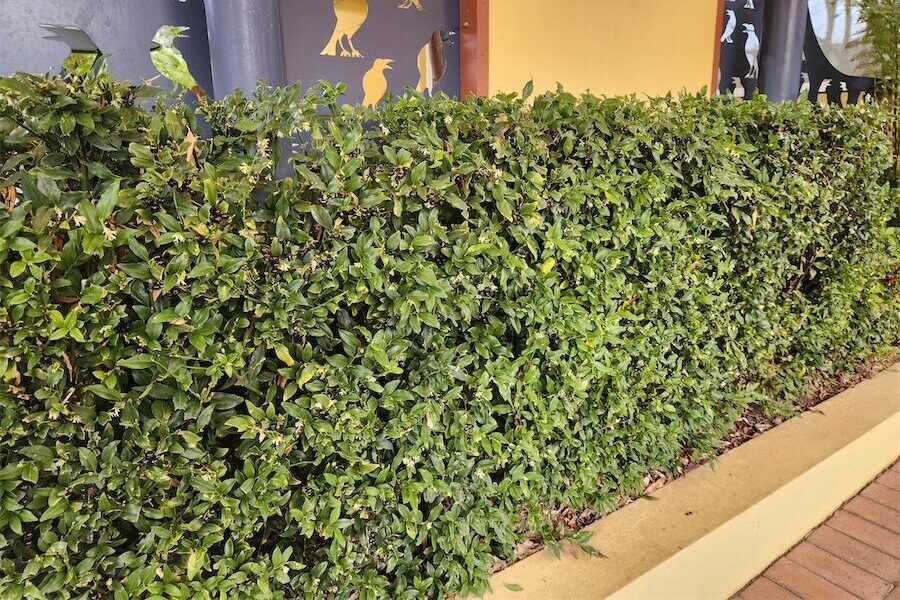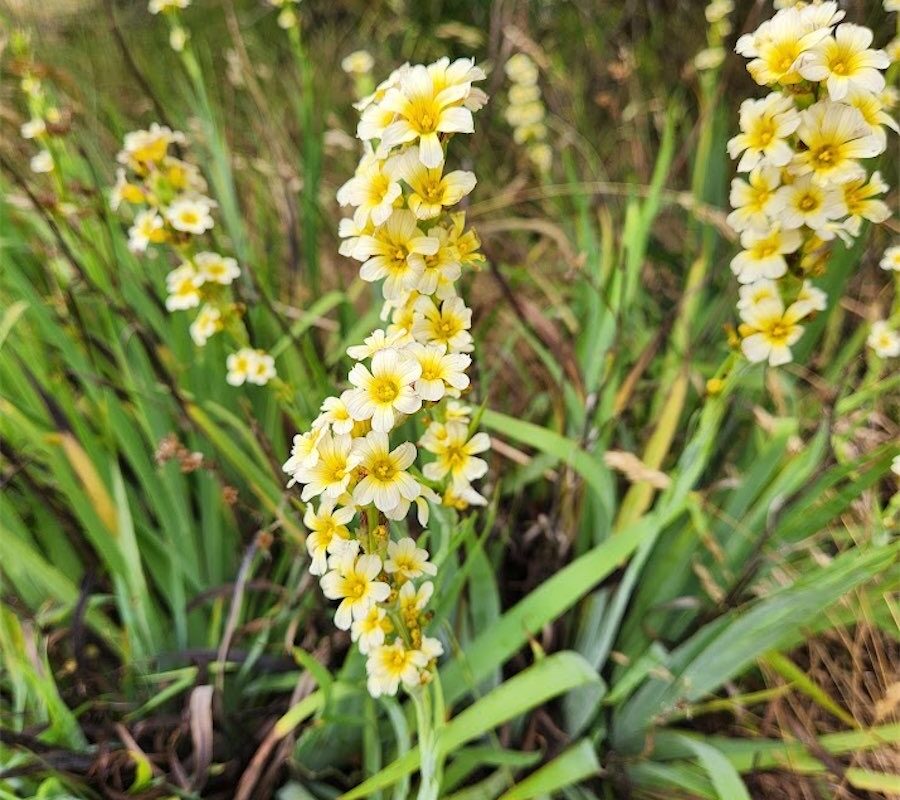
Now is the time to prepare for the fight against codling moths. In the next few weeks, as the weather warms, they’ll be out, writes gardening columnist JACKIE WARBURTON.
Codling moths emerge from the ground and crease in the bark of fruit trees when the temperature reaches 16C.

There are several ways to combat this pest. Netting is the surest way to keep them at bay. Net trees after they finish flowering with a five-millimetre or less mesh size. The netting needs to be high above the branches to allow space for new growth.
Last season, the sooty mold and lack of airflow around some apple trees was a problem with this fine mesh netting. Importantly, ensure good spacing for airflow between the netting and the tree.
If netting is not an option, kaolin clay or diatomaceous earth can be used on the fruit trees if they are not too big. Codling pheromone traps are an old product that’s readily available. They work by luring the male moth to the trap. The small sticky patches disrupt the breeding cycle of the moths and keep infestation numbers down.
Planting lavenders in and around apple trees also help keep this moth at bay.
GROWING vegetables by crop rotation is a long-term way of controlling pests and diseases in the vegetable patch.
A four-year cycle is easy to remember and works well. Crop rotation not only helps the soil, but it also helps the plants to grow better.
In many ways, we are companion planting, too, and encouraging good and bad insects to live in the garden. The ecology should work itself out and not need any assistance from spraying.
Remembering what was in the vegetable patch last summer is a good start to beginning a crop-rotation routine.
There are four main groups that prefer to be grown together and use what is in the soil with little fuss.
After planting legumes (peas and beans) , always put in plants that don’t flower, such as brassicas that benefit from, say, nitrogen left in the soil from peas and beans.
The other two to remember are all root crops, such as carrots and onions that follow the brassicas into the soil and, finally, the popular Solanum family – tomatoes, eggplants and potatoes. These use lots of energy from the soil to grow fruit and flowers. They should be planted after onions and roots.
The final rule is that cucurbits (cucumbers, pumpkins and corn) are unfussy floater crops and can generally be planted anywhere.
Adding lots of organic matter to the soil gets vegetables growing and cropping fast. Crop rotation is a terrific solution to get good soil fertility with the least amount of work in the home garden.

FLOWERING now is a terrific little plant called sweet box, (Sarcococca confusa). It has dark small glossy leaves and does well as a small hedge in shady areas where every other hedging plant of the box family would struggle. The scented cream flowers are highly fragrant.
Slow growing, it lends itself to shaping and clipping to formal shapes or topiaries. After flowering it produces little black berries. Lightly prune a few times a year to keep it in shape.
Jottings
- Water all plants that are beginning to flower.
- Remove old leaves from hellebores that have white fly and aphids underneath.
- Add compost to the vegetable patch, ready for planting next month.
- Visit the National Arboretum’s Warm Trees.
Who can be trusted?
In a world of spin and confusion, there’s never been a more important time to support independent journalism in Canberra.
If you trust our work online and want to enforce the power of independent voices, I invite you to make a small contribution.
Every dollar of support is invested back into our journalism to help keep citynews.com.au strong and free.
Thank you,
Ian Meikle, editor





Leave a Reply